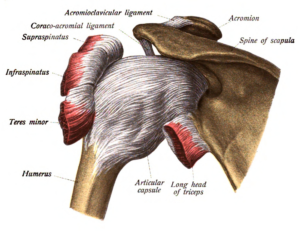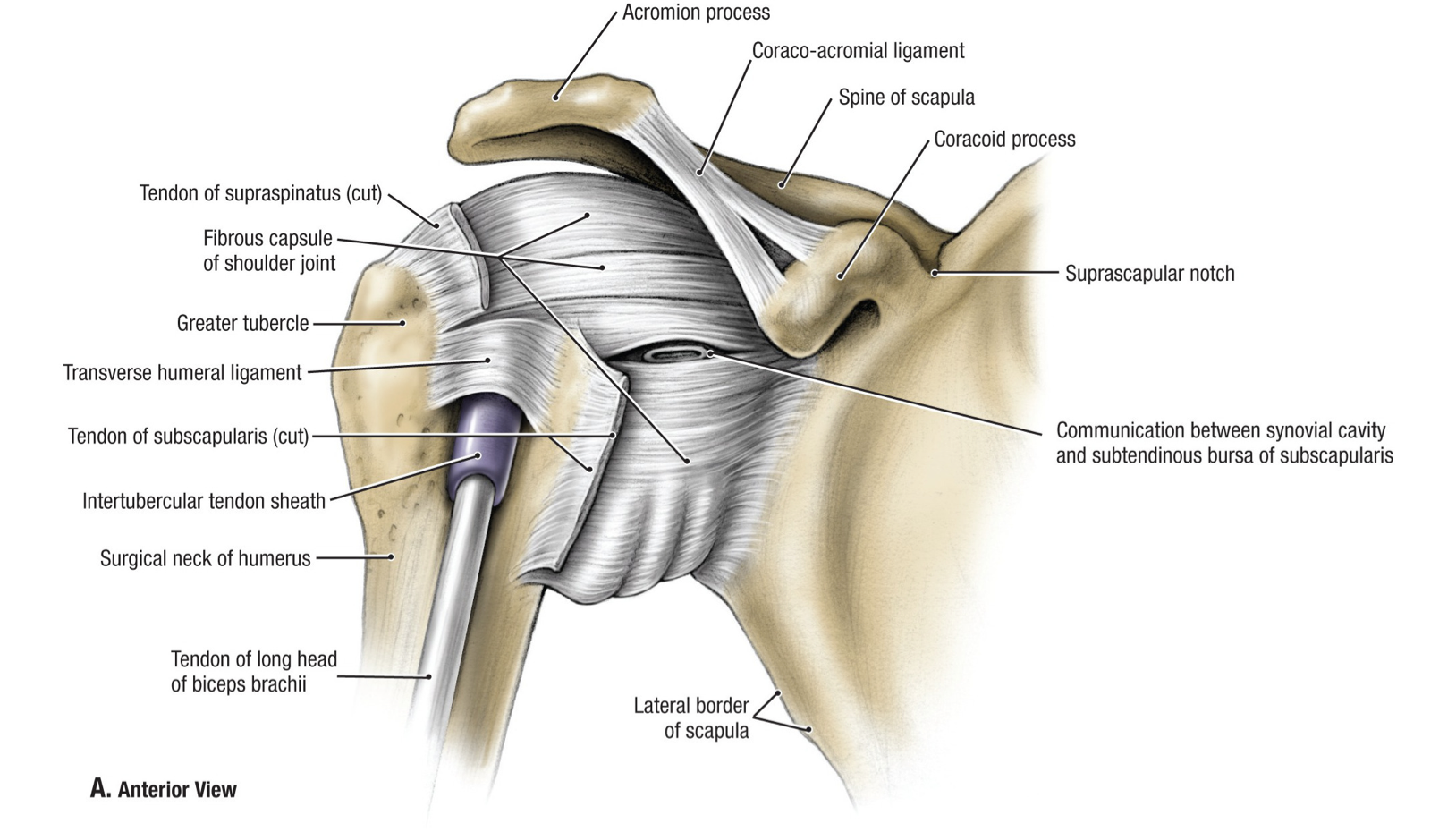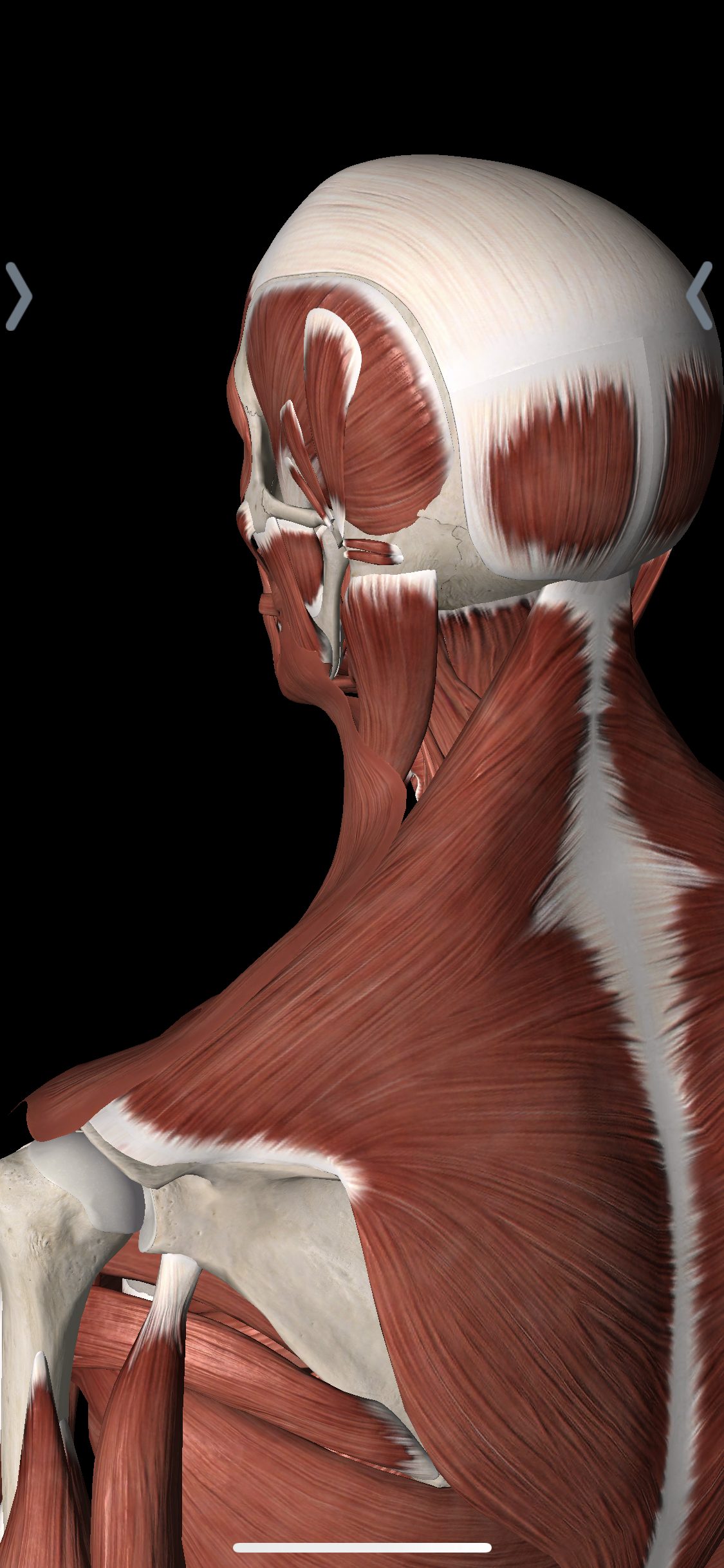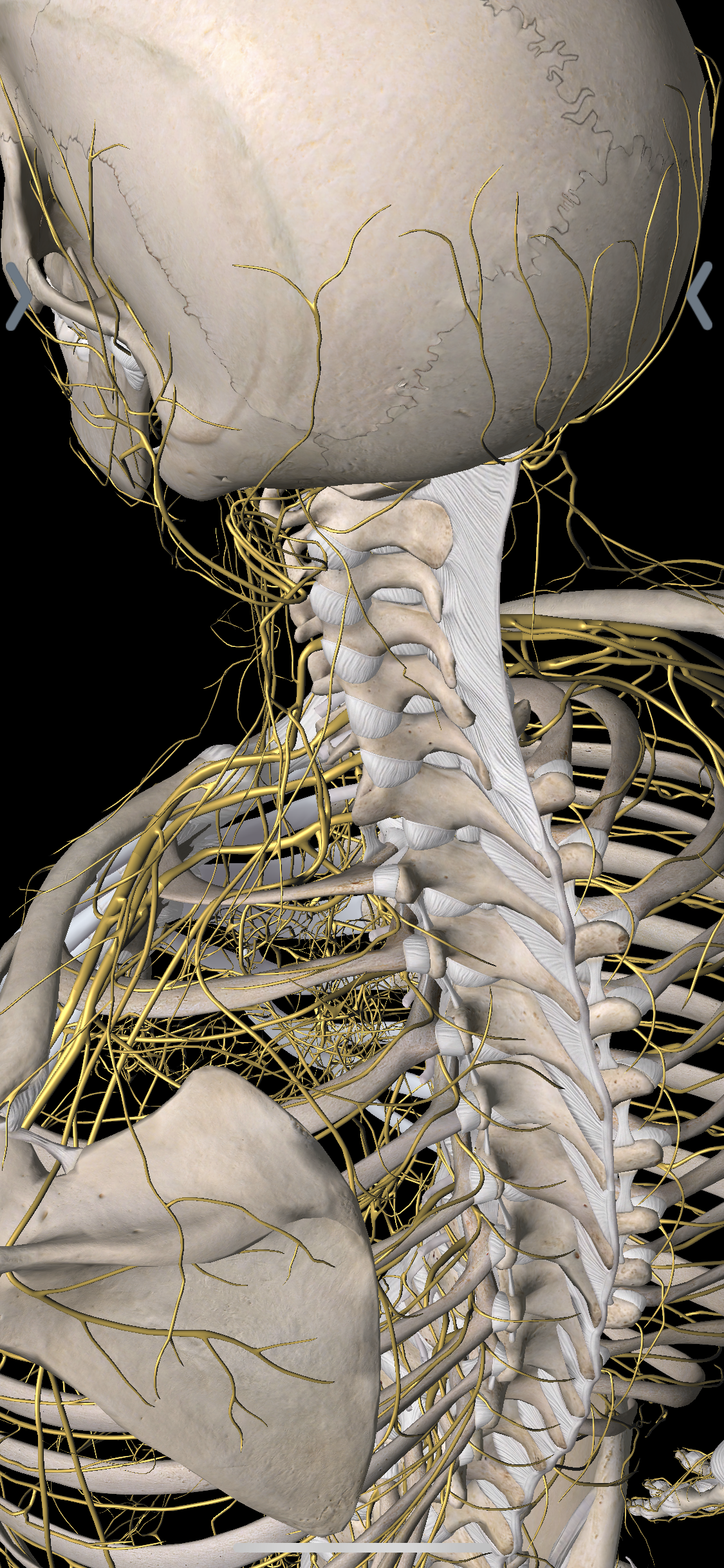It starts with an ache in your left shoulder. Nothing to worry about. As the month progresses, the pain increases. Dishes become difficult to lift into the cabinet. You struggle to wash under your arms. After seeking out care from your primary care physician, you're diagnosed with adhesive capsulitis, or frozen shoulder. As anyone would, you complete your google search and are horrified by the results.

With the increase of information accessibility in today’s age it’s more important than ever to receive a correct diagnosis. The pain sufferer researches almost all conditions online to determine a possible cause for treatment. In the case of adhesive capsulitis, the prognosis, or outlook, is a scary thing to research. If a minor rotator cuff strain is diagnosed as adhesive capsulitis, the patient may be doomed to reduced mobility and strength. This can eventually lead to a frozen shoulder as well. Let’s dive in to the specifics of frozen shoulder to determine if it was a correct diagnosis, or if you may benefit further from conservative treatment.
Frozen Shoulder Causes
To further understand the cause of adhesive capsulitis, we must understand more thoroughly the anatomy of the shoulder joint. There’s a circular capsule that surrounds the two bones of the shoulder blade. I frequently compare these capsules to one of my favorite childhood toys, the "Finger Trap".
For those who have used this toy, what happens when you try to pull one finger away from the finger trap? The bamboo slowly tightens and eventually prevents movement of the fingers, preventing them from escaping. The joint capsule of the shoulder works the exact same way. When the humerus and scapula move away from each other, the capsule tightens; this keeps the shoulder bones in correct alignment.
What would happen if the finger trap tightened without movement of the fingers? The fingers would have no choice but to move closer and closer together, inhibiting their ability to separate at all. This is what happens during adhesive caspulitis. The joint capsule becomes inflammed, tightens and restricts movement.
Frozen Shoulder Symptoms
As you would expect, movement would be limited in multiple ways. In the finger trap analogy, we would have difficulty moving our fingers away from eachother, sliding up and down, or sliding left and right. The joint is the same way.
As described in the clinical practice guidelines for adhesive capsulitis, "patients with adhesive capsulitis present with a number of impairments, both most characteristically, have a loss of both active and passive shoulder motion." (Hannafin, Chaia) Active means that when you try to move it yourself, you are limited in movement. Limitations here are suggestive of dysfunction in the pulley system (AKA, the muscles) or the physical joint structures. Passive means that when someone else tries to move your arm when it's completely relaxed, its also limited. Passive movement removes the pulley system; if there's still limited motion, we know it's structural.
When we observe range of motion restrictions in the clinic, we look for two distinguishing motions that are unique to adhesive capsulitis:
Shoulder abduction Shoulder External rotation
[embed]https://youtu.be/HPPi3SceBm4[/embed]
References
Hannafin, JA, Chaia TA. Adhesive capsulitis: A treatment approach. Clin Orthop Relat Res. 2000. 95-109
Physical therapy for frozen shoulder in Columbia and Baltimore, Maryland
If you have shoulder pain reach out to our office today!




